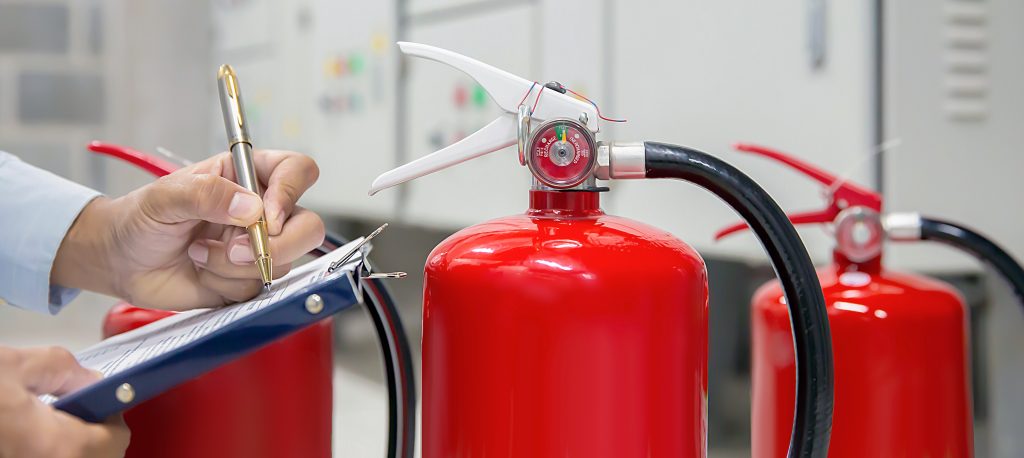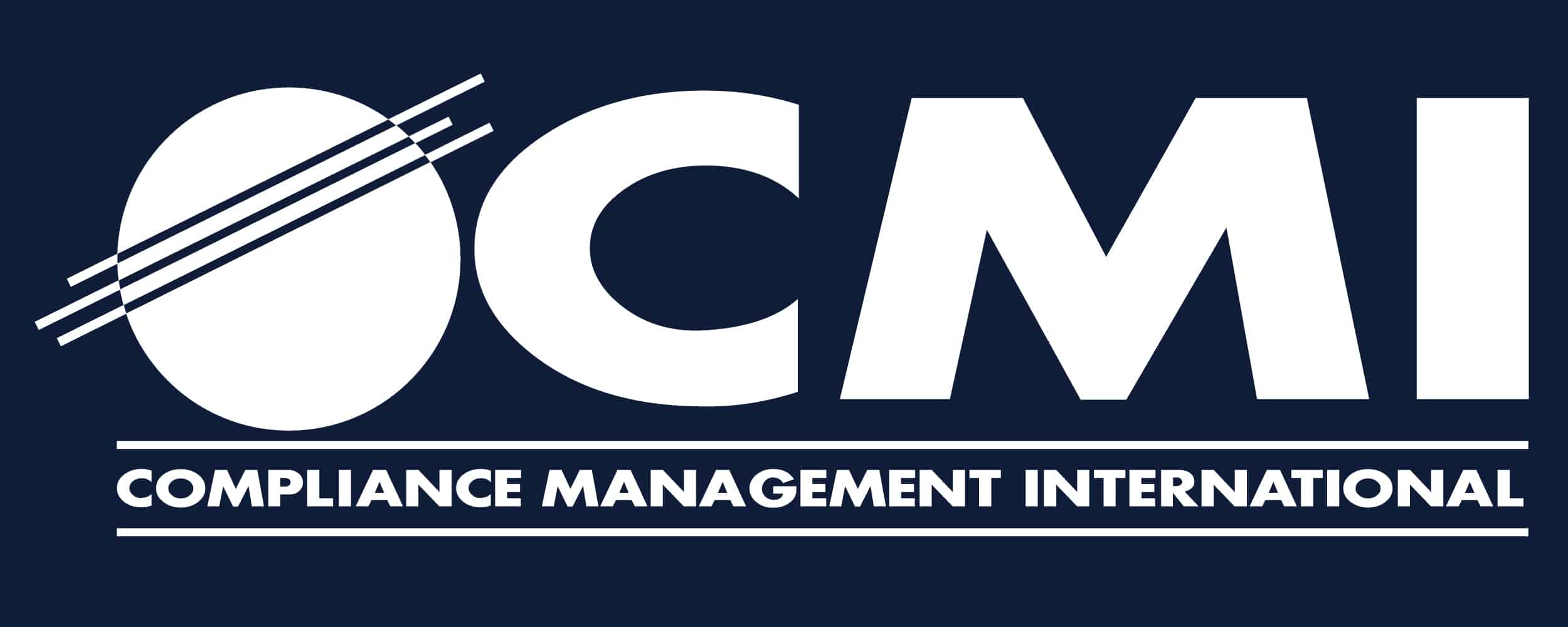
While deaths from fires have trended downwards since the 1970’s and 1980’s we have seen a statistically significant increase in recent years from a record low in 2012, demonstrating an increased need for safe work and home practice. Preparedness is critical in fire prevention and response, as the incipient stage of a fire is a crucial moment in determining how severe it becomes. There are some relatively simple ways to improve fire prevention both at work and at home, and to prepare yourself in the event you encounter a fire.
Various studies and surveys determined that approximately 80% of fires are extinguished with a portable fire extinguisher, showing how important it is to perform monthly extinguisher inspections that aim to identify issues like physical damage or low/high pressure. In the workplace, extinguishers should be mounted, easily identifiable, and readily accessible to employees; at home, it is wise to keep them in strategic locations such as the kitchen, near the furnace, laundry, bedrooms, etc.
That being said, you need to be alerted in order to identify and extinguish a fire – that’s where alarm systems come in. Alarms should be tested regularly both at work and at home. Some home alarms come with “10-year batteries”, some should be replaced annually, and some are hard-wired. Refer to the product documentation if you are unsure. In the workplace, evacuation drills should be performed at least annually; this is typically a great time to test the fire alarm system as well! Evacuation drills should be taken seriously, and used as a method of evaluating the status of facility maps, egress routes, muster points, and all other critical components of a safe evacuation. While you don’t have to create a map for your home, it’s still a great idea to spend some time thinking about these concepts. Where are your “emergency exits” at home? How can you get to them? Do you have any fire extinguishers along that route?
Fire prevention and response is all about pre-planning, and equipping yourself for success. Take some time during Fire Prevention Month to check the extinguisher in your closet at home, or do a “dry run” walkthrough at work of one or two routes that you would be likely to use in the event of a fire – the person it will benefit the most is you!
Written by Alex Lasher, CSP
